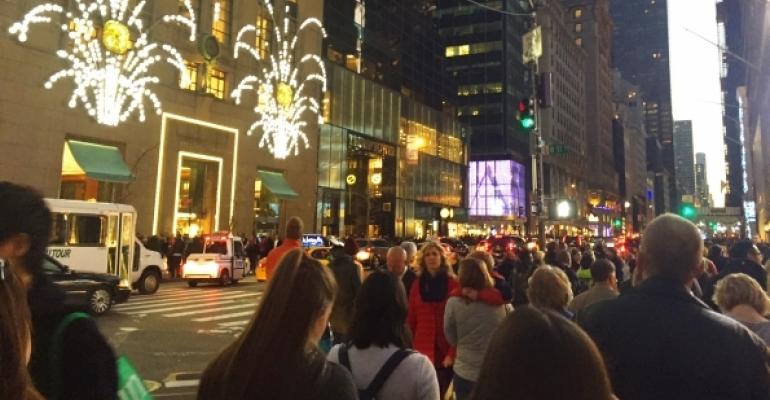The fourth quarter always brings a flurry of investment sales activity market players try to close deals before year end and retail REITs will probably close a few deals. But their acquisition activity this year is down significantly compared to previous years, and overall deal volume isn’t as robust as experts forecasted.
Year-to-date, retail sales transactions totaled nearly $59 billion, a 10 percent increase from the previous year, according to Q3 2015 Investment Outlook from commercial real estate services firm JLL.
“Retail investment sales volumes are not as strong as we expected going into 2015, and retail REITs have sat on the sidelines,” says Margaret Caldwell, a managing director in JLL’s retail capital markets group, adding that REITs haven’t been big sellers either. “They’re focused on the top markets, and we are seeing more activity in secondary and tertiary markets. Owners of core retail assets in top markets don’t want to sell because they can’t find suitable replacements.”
Increased price resistance
As of early December, REITs accounted for only 22 percent of retail property acquisitions, according to Real Capital Analytics (RCA), a New York City-based research firm. That’s quite a drop from the 33 percent of acquisitions REITs closed in 2014. In fact, retail REITs haven’t been this inactive since 2011, when they accounted for roughly 17 percent of deals.
Every other investor segment was more active this year than in 2014. Private investors, equity funds and cross-border investors accounted for nearly 10 percent more activity this year than last year, according to RCA.
“Properties are trading, but investors are being very careful,” Caldwell says, adding that there’s a bit of a disconnect between buyers and sellers.
Without question, pricing is part of the reason why investment sales momentum has slowed.
“Our numbers are showing some price resistance,” says Jim Costello, senior vice president with RCA.
Retail cap rates have been mostly stable over the last year, with no more than 10 basis point swings in any month, according to RCA data. Right now, cap rates are hovering around 6.6 percent, at about the same low levels seen in 2007.
Prejudiced against power centers
Investors have also shown a clear preference for urban street retail and grocery-anchored centers. These properties represented the majority of deals in 2015, signaling investors’ desire to take advantage of retailer demand in urban cores and a need for stable cash flow.
As a result, investment in urban properties has taken up an increased proportion of transactions (nearly 22 percent year-to-date), with investment volumes totaling near $10 billion, according to JLL. Meanwhile, investment in grocery-anchored assets makes up 20 percent of total retail investment volume to date, reaching nearly $9 billion, an 8.5 percent increase over last year. Grocery-anchored assets in primary markets are the darlings of investors, with a 57 percent jump in investment year-over-year.
Investors aren’t as keen on power centers, however. They accounted for just 7 percent of deal activity, according to JLL and RCA.
Costello points out that sales of power centers have declined every quarter this year, and sales were down 47 percent through the third quarter.
“They are certainly not a favored property type because it’s a format that has seen better days,” he notes. “The economic winds have been moving against power centers, and they’ll have to find ways to adapt and change if they want to survive.”
He contends that power centers are the property type that will suffer the most fallout from consumers’ increasing use of e-commerce.
“The category killers that anchor power centers are the ones that have been ‘disintermediated’ by the Internet,” he says. “The value proposition they offer—convenience and selection—can be found online.”
The article first appeared on sister website NREIOnline.com





